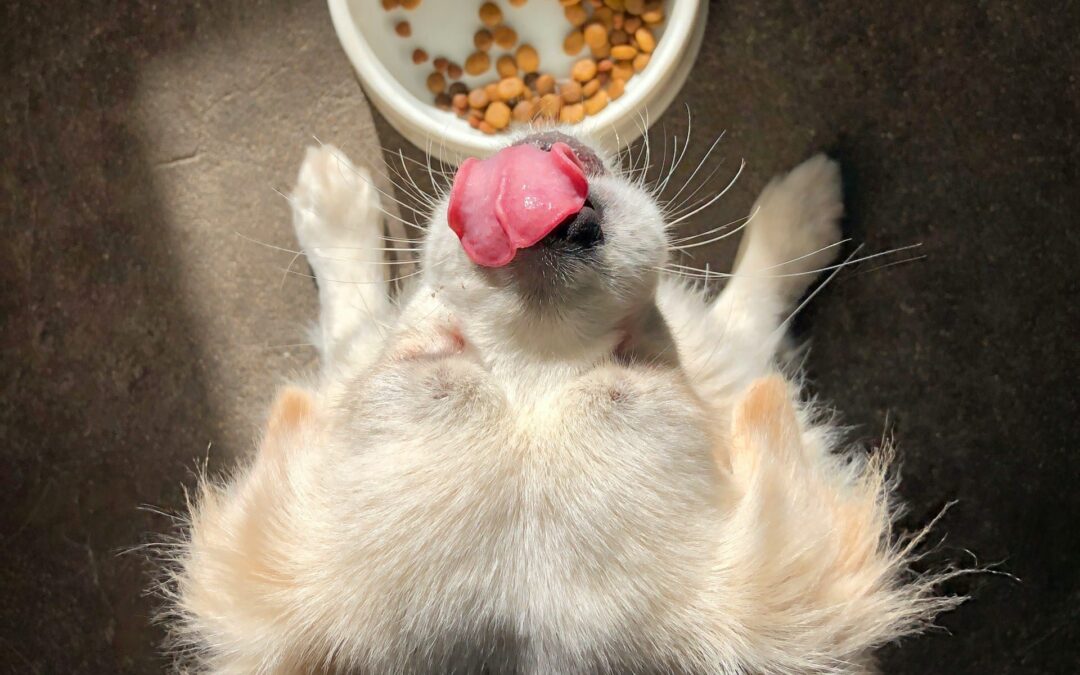Tips for Switching Your Pet to a Healthier Food
If you’ve had pets for any length of time, you know how much their food matters. It’s not just about filling their bowl—the food they eat affects everything from their energy levels to their coat to how comfortable their tummy feels.
Sometimes, though, you’ll find yourself wondering if you need to switch your pet’s food. Maybe your pet developed a health issue, you’re worried they might have food allergies, or maybe you just realized there are healthier options out there.
But here’s the catch: pets don’t usually love change. A sudden switch could upset their stomach or leave you with an unhappy eater. The good news is that with a little patience, the right approach, and some advice from your veterinarian, you can make the transition go much more smoothly.
Why Switch to a Healthier Pet Food?
Food isn’t just fuel—it’s the foundation of your pet’s long-term health. In fact, your veterinarian might recommend changing your pet’s diet for a number of reasons.
A healthier diet can:
- Keep your pet’s weight in check
- Relieve skin issues or food allergies
- Improve digestion and nutrient absorption
- Provide age-specific benefits, like joint support for older pets
- Help manage chronic conditions like kidney disease or diabetes
With so many pet food options out there, choosing the right one can feel overwhelming. But there’s no need to stress—you don’t have to figure it out alone. Your veterinarian can help you find a diet that fits your pet’s age, lifestyle, and medical needs.
How to Transition Your Pet to New Food
The key to a successful switch is taking it slow. Think of it like starting a new workout routine—you can’t go from sitting on the couch to running a marathon overnight. Pets are the same way, and their digestive systems need time to adjust.
Here’s a simple week-long guide you can follow:
- Days 1-2: 75% old food, 25% new food
- Days 3-4: 50% old food, 50% new food
- Days 5-6: 25% old food, 75% new food
- Day 7: 100% new food
If your pet is extra sensitive, you can stretch this schedule out to two weeks or longer. Rushing the process could bring side effects like diarrhea, vomiting, refusing meals, or even weight loss.
These reactions don’t necessarily mean the new food is a bad choice; it just means the transition may need to be slower. However, if symptoms persist, or if your pet refuses to eat more than a couple of meals, it’s time to call your vet to rule out any underlying issues.
Tips for a Smooth Transition
- Stick to a routine. Feeding at the same time each day keeps your pet feeling secure.
- Don’t overfeed. Even healthy food can cause weight gain if you give them too much.
- Make it positive. Giving praise, play time, or extra cuddles after meals can build positive associations with the new food.
- Be patient. Cats are picky eaters and may need more time. Try mixing in a small amount of wet food or warming the food to make it more appealing.
Healthy Diets Make Happy Pets
Switching to a better food is one of the simplest ways to invest in your pet’s lifelong health. With a gradual transition and a little patience, you can make the transition much easier. And if you’re unsure what food is best, or want advice on the best care for your pet, our team at Anasazi Animal Clinic is here to help.
Contact us to schedule an appointment—we’d love to help you make mealtime a healthier, happier part of their day.
Photo by 龙 赵 on Unsplash used with permission under the creative commons license for commercial use 10/15/2025

